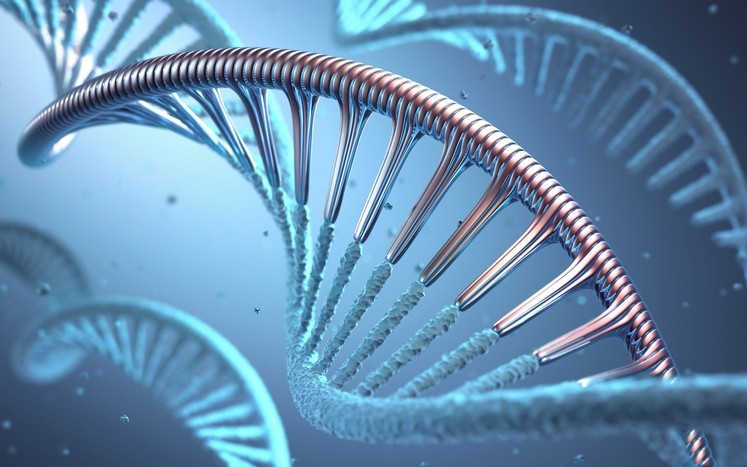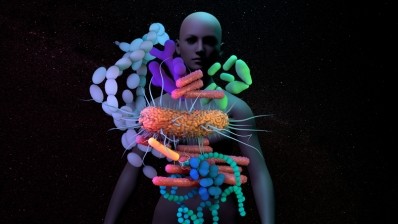New research could lead to engineered beneficial bacteria, gut microbiome manipulation

Scientists from institutions in the US and abroad have discovered how a common virus in the human gut can infect and take over bacterial cells, according to new research published in the journal Nature. The finding provides a clearer understanding of viruses and the gut, which could lead to engineered beneficial bacteria that provide a number of functions, such as filtering out pollutants.
"CrAssphages are the most abundant viruses infecting bacteria in the human gut. As such, they likely control our intestinal community of microbes (the microbiome)," said co-author Konstantin Severinov, a principal investigator at the Waksman Institute of Microbiology and a professor of molecular biology and biochemistry in the School of Arts and Sciences at Rutgers University-New Brunswick. "Understanding how these tiny viruses infect bacteria may allow scientists to control and manipulate the makeup of the microbiome, either by increasing the proportion of beneficial bacteria in our intestines or decreasing the number of harmful bacteria, thus promoting health and fighting disease."
Breaking it down
The researchers found that crAssphages use their own enzyme, an RNA polymerase, to make RNA copies of their genes. RNA holds all the genetic information which it uses to make proteins. All cells, ranging from bacterial to human, use such enzymes to make RNA copies of their genes. According to Severinov, these enzymes are very similar in all living matter, which suggests that they're ancient and related by common ancestry.
The research team was caught off guard when they discovered the atomic structure of a crAssphage enzyme, pointing out that it is distinct from other RNA polymerases but closely resembles an enzyme in humans and other higher organisms that is involved in RNA interference. Such interference can silence the function of some genes and may lead to certain diseases.
"This is a startling result. It suggests that enzymes of RNA interference, a process that was thought to occur only in cells of higher organisms, were 'borrowed' from an ancestral bacterial virus early in evolution," explained Severinov. "The result provides a glimpse of how cells of higher organisms evolved by mixing and matching components of simpler cells and even their viruses."
Synthetic biology
Severinov added that in addition to deep evolutionary insights, viral enzymes such as crAssphage RNA polymerase may be used in synthetic biology to generate genetic circuits that are not found in nature.
The National Human Genome Research Institute describes synthetic biology as “a field of science that involves redesigning organisms for useful purposes by engineering them to have new abilities. Synthetic biology researchers and companies around the world are harnessing the power of nature to solve problems in medicine, manufacturing and agriculture.”
While similar, synthetic biology is different from genome editing. While both involve changing an organism's genetic code, scientists typically stitch together long stretches of DNA and insert them into an organism's genome in synthetic biology. In genome editing, scientists typically use tools to make smaller revisions such as delete or add small stretches of DNA in the genome.
Synthetic biology involves redesigning organisms. One example is rice, which can be modified to produce beta-carotene to prevent vitamin A deficiency.
Taking a targeted approach
Due to its interplay with human health, the gut microbiome provides an attractive target for therapeutic applications of synthetic biology.
"We are now trying to match the thousands of different crAssphage viruses in our gut with the bacterial hosts they infect," Severinov said. "By using just the 'right' bacterial virus, we will be able to get rid of bacteria it infects, which will allow us to alter the composition of the gut microbiome in a targeted way."
Source: Nature
18 November 2020 doi.org/10.1038/s41586-020-2921-
“Structure and function of virion RNA polymerase of a crAss-like phage”
Authors: A. Drobysheva et al.
















